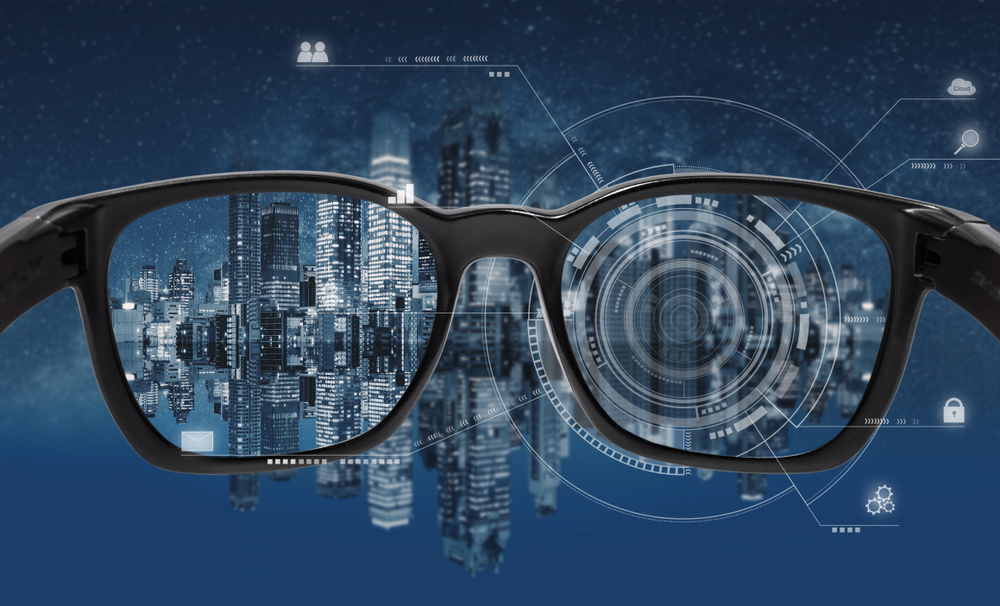Article by Lucy Koch
Source: emarketer.com, February 2019
“Try before you buy,” augmented reality (AR) and an improved online experience will breathe new life into established ecommerce categories like apparel and accessories, furniture and home furnishings, and toys and hobbies by the end of our forecast period in 2023.
Online sales of apparel and accessories will rise from 26.1% of total retail sales in 2019 to 38.7% by 2023, driven largely by brands’ implementation of try-before-you-buy services and Amazon’s push into apparel.
Try before you buy incentivizes 35% of consumers to buy products online that they had not considered before, according to RetailMeNot’s “2019 Retailer Playbook.” In hopes of securing a broader consumer base, half of retailers say they have budgets dedicated to developing these services, according to the survey.
Amazon is one such company. In an attempt to challenge try-before-you-buy incumbents like Stitch Fix, Wantable and Laybuy, the retail powerhouse rolled out Prime Wardrobe in June 2018, and it has caught on—especially with younger shoppers. According to a February 2019 report from CPC Strategy, now a part of Elite SEM, 63% of Gen Z shoppers and 57% of millennial shoppers have purchased apparel from Amazon in the past six months.
Ecommerce sales of furniture and home furnishings are expected to grow—this year, the category will account for 21% of total retail sales. By 2023, it will account for nearly a third.
As with apparel, try before you buy and AR are revolutionizing the furniture space. “Some consumer apprehension has been assuaged by retailers like Casper and other mattress companies that allow you to try out the product and return free of charge,” said eMarketer forecast analyst Cindy Liu. “And with Ikea’s mobile app, consumers can use AR to see how a piece of furniture will look in their living room.”
But ecommerce sales for toys and hobbies have the most to gain, rising from 31.4% of retail sales in 2019 to nearly half (47.9%) in 2023. This increase is influenced largely by the 2018 closure of Toys “R” Us, after which consumers flocked elsewhere.
When it comes to a Toys “R” Us replacement, the first choice of consumers was Amazon, followed by Walmart and Target, according to a November 2018 survey by Criteo. What’s more, of those surveyed, 59% of Toys “R” Us shoppers and 73% of Babies “R” Us shoppers indicated they were “interested” or “very interested” in buying via the app of their preferred replacement retailer.

